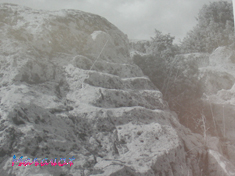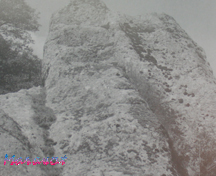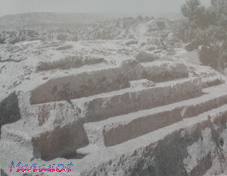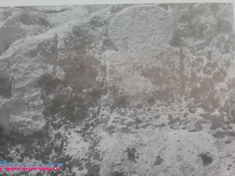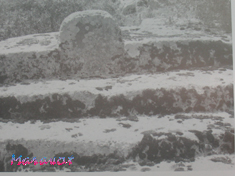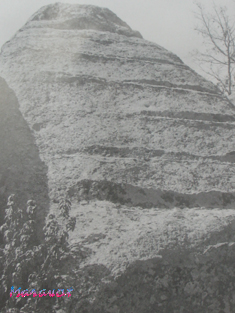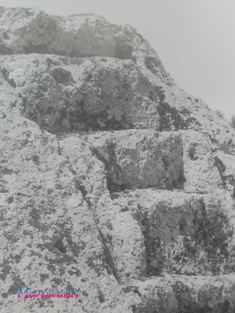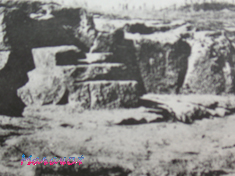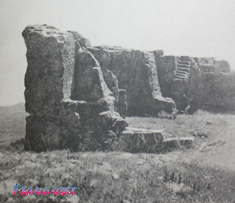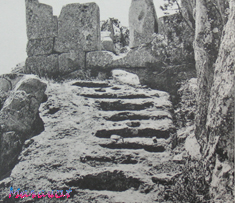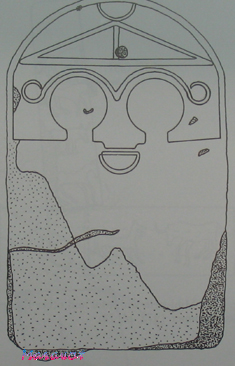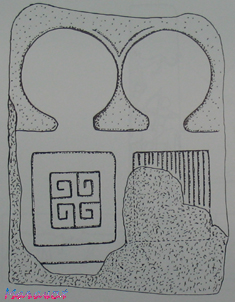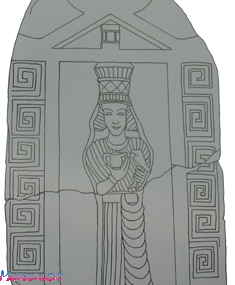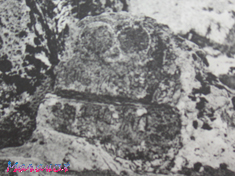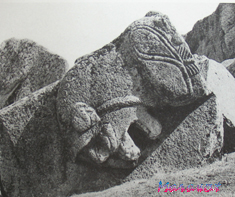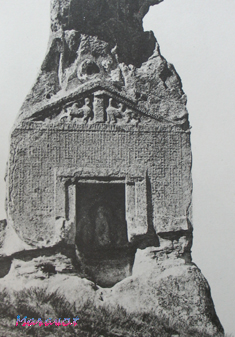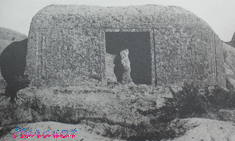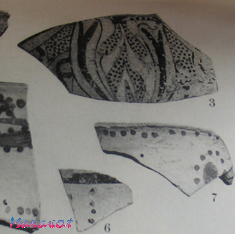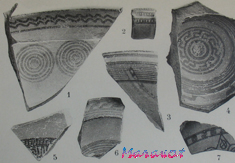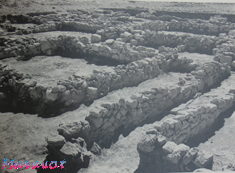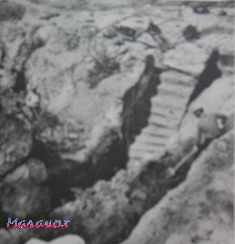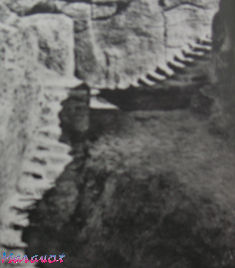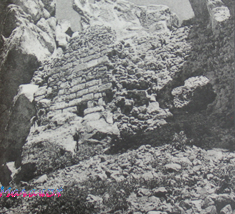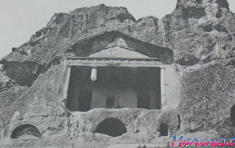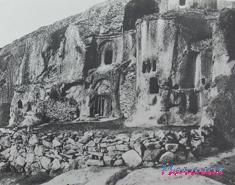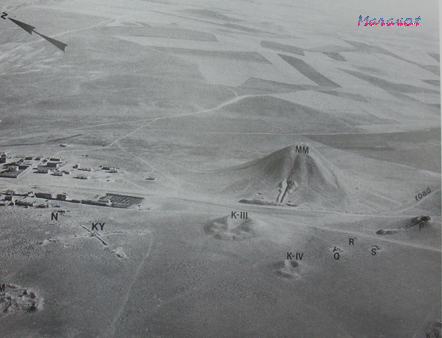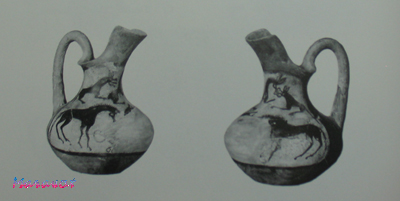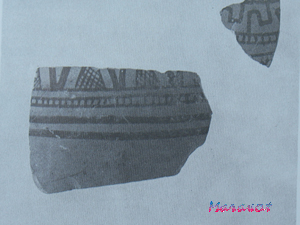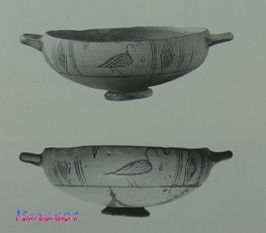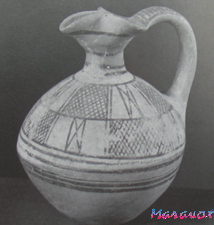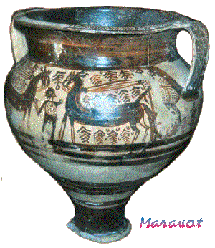The Phrygian language
Translation of Phrygian scripts (continued, Phrygian2.html)
by Mel Copeland
(Based on a related work, Etruscan Phrases,
first published in 1981)
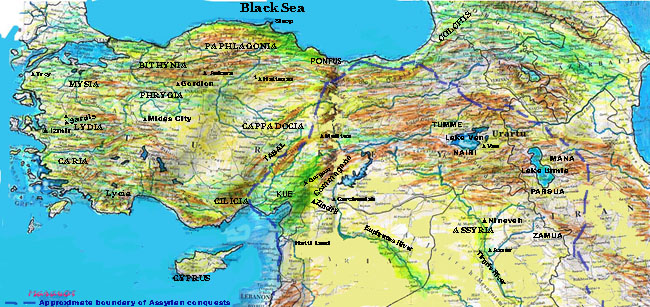
The Midas City altars, buildings, Phrygian idols and pottery (Images of altars, buildings and pottery from "The Gordion Excavations (1950-1973), Final Reports, Volume II, The Lesser Phrygian Tumuli, Part II, The Inhumations," by Ellen L. Kohler, University of Pennsylvania Museum, 1995; images of the idols from "Phrygian Rock Cut Shrines," Susanne Berndt-Ersöz). More photos of these monuments can be found in "The Highlands of Phrygia – sites and monuments," C. H. Eilie Haspels, Princeton University press, 1971.
|
Midas City Step Altars
|
Phrygian Idols
|
Phrygian Pottery
|
||||||||||||||||||||||||||||||||||||||||||
|
Gordion (Images from "The Gordion Excavations, Final Reports, Volume II, The Lesser Phrygian Tumuli, Part II, The Inhumations," Ellen L. Kohler, University of Pennsylvania Museum, publisher, 1995)
|
||||||||||||||||||||||||||||||||||||||||||||
|
||||||||||||||||||||||||||||||||||||||||||||
![]()
![]()
![]() home
home
Phrygian1.html
Notes:
![]()
![]() Etruscan Glossary with Phrygian words:
Etruscan Glossary with Phrygian words:
![]() Send me to Lydian.html
Send me to Lydian.html
![]() Click here for a spreadsheet of the words, Lydian Glossary.xls or Lydian_Glossary.html
Click here for a spreadsheet of the words, Lydian Glossary.xls or Lydian_Glossary.html
Launched 4.20.07
Updated: 4.21.07 ; 5.06.07; 5.27.07; 7.17.07; 2.19.10
Copyright © 2007-2010 Maravot. All rights reserved.
Copyright © 2007-2010 Mel Copeland. All rights reserved.

